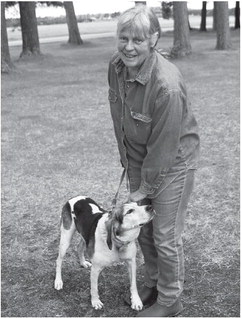Calls for delisting wolves grow as numbers increase


Conflicts with farmers and hunters continue as the state’s wolf population swells over 900
In November 2018, wolves killed Laurie Groskopf’s ...


Conflicts with farmers and hunters continue as the state’s wolf population swells over 900
In November 2018, wolves killed Laurie Groskopf’s ...